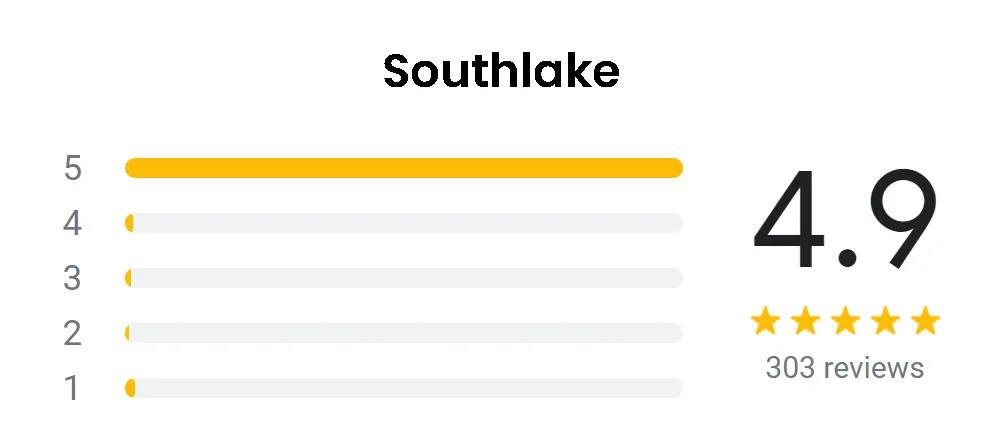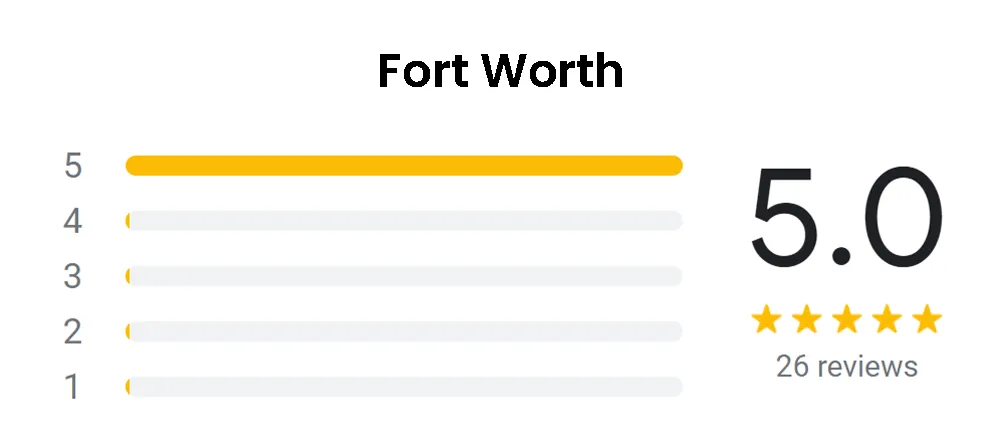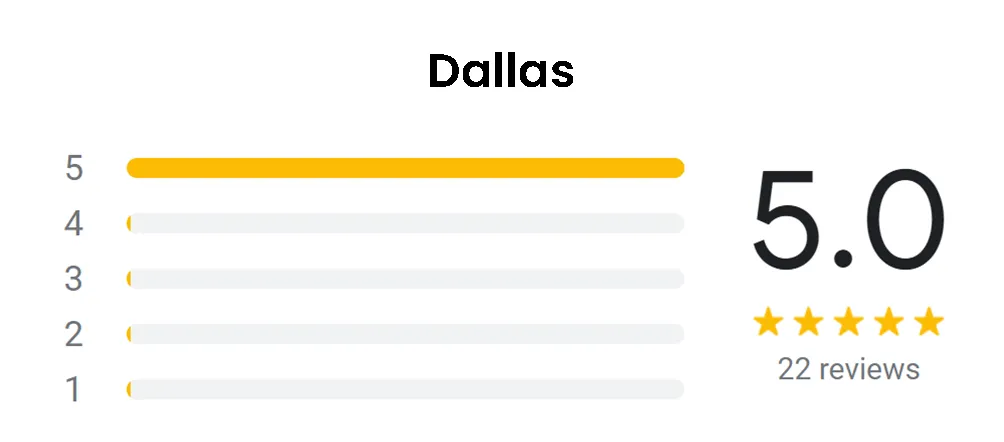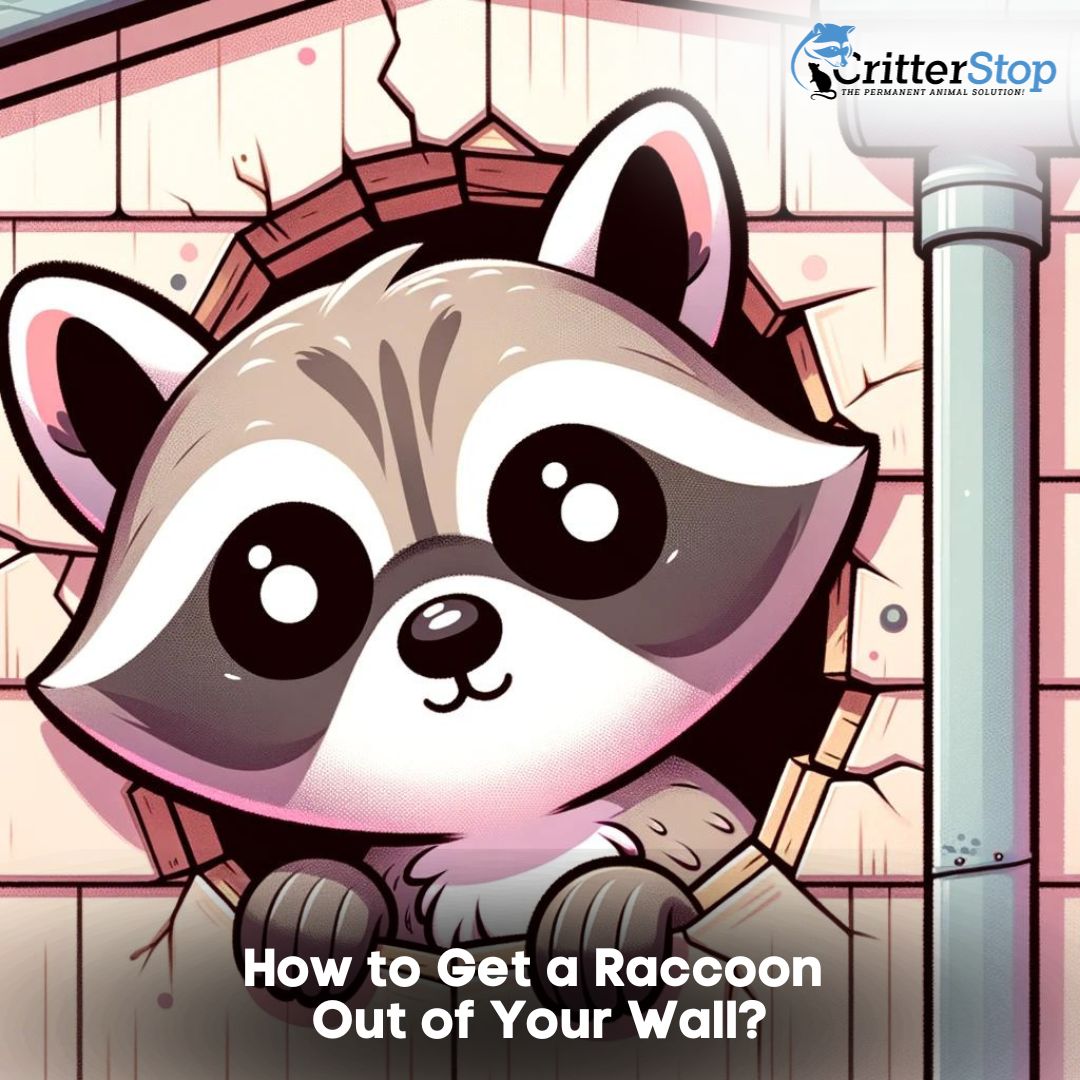
Raccoons are smart animals that may be fun to observe from your balcony, but they are definitely not the creatures you want to share your space with. However, even if you don't want unwanted guests in your home, sometimes they still make an appearance in the most unexpected areas. That's the case with raccoons too.
You can find a raccoon in the wall, ceiling, attic, chimney, or garage as they look for homes in all the wrong places. Any spot in your house that is dark, warm, and less frequently accessed by you and your family can become a nesting place for raccoons. During their stay, they will cause a great amount of structural damage to your property and expose you to many contagious diseases.
Therefore, having a wild animal like a raccoon nesting in your attic or hiding between the walls is definitely not best for you or your furry friends. If you suspect raccoons' presence between the walls of your house, you must take quick action for their removal before the situation worsens.
Have you ever wondered how raccoons enter the walls? We have provided thousands of raccoon removal, believe us when we say that we almost have seen every place where a raccoon can hidel. Scroll down to learn everything about raccoon infestation between the walls and discover the secrets that Critter Stop has revealed for you.
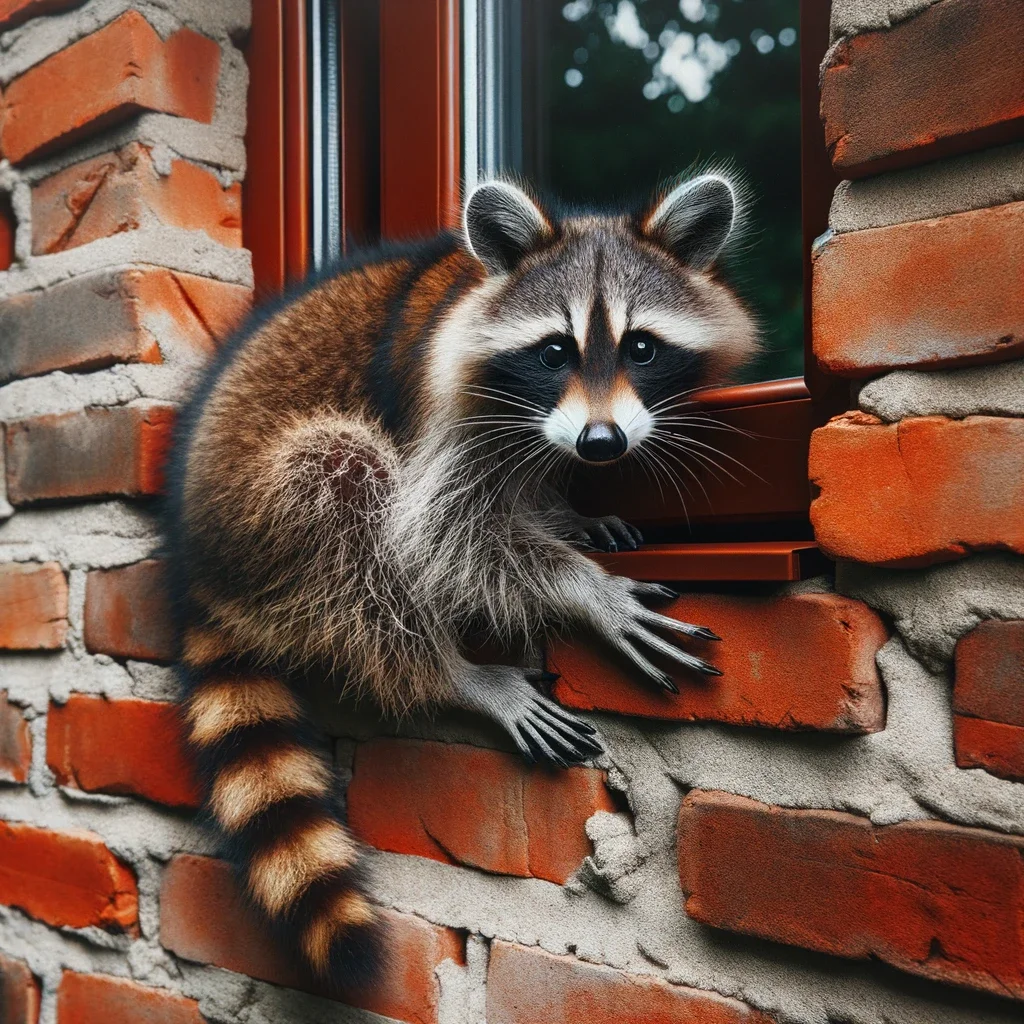
The majority of properties in Texas are built with modern construction, leaving behind a small cavity between the interior and exterior walls. The small cavity not only helps provide a better surface to the interior wall but also helps with the soundproofing and insulating of the property.
However, sometimes, critters may find their way inside these wall cavities. Either they will explore the area and leave or make their dens between the walls. Raccoons are mostly large. Therefore, the chances of them getting stuck between the walls due to smaller-sized cavities are quite high. Either way, they are causing substantial damage to you and your property.
You must stay on top of repairs to prevent raccoons and other critters from entering your walls. When we provide raccoon removal services, we notice that cracks, gaps, broken vents, and soffits can help raccoons with an easy access point to make their dens in the attics or walls. Once they make themselves comfortable at your house, evicting them safely and humanely will be more difficult than one might have initially assumed.
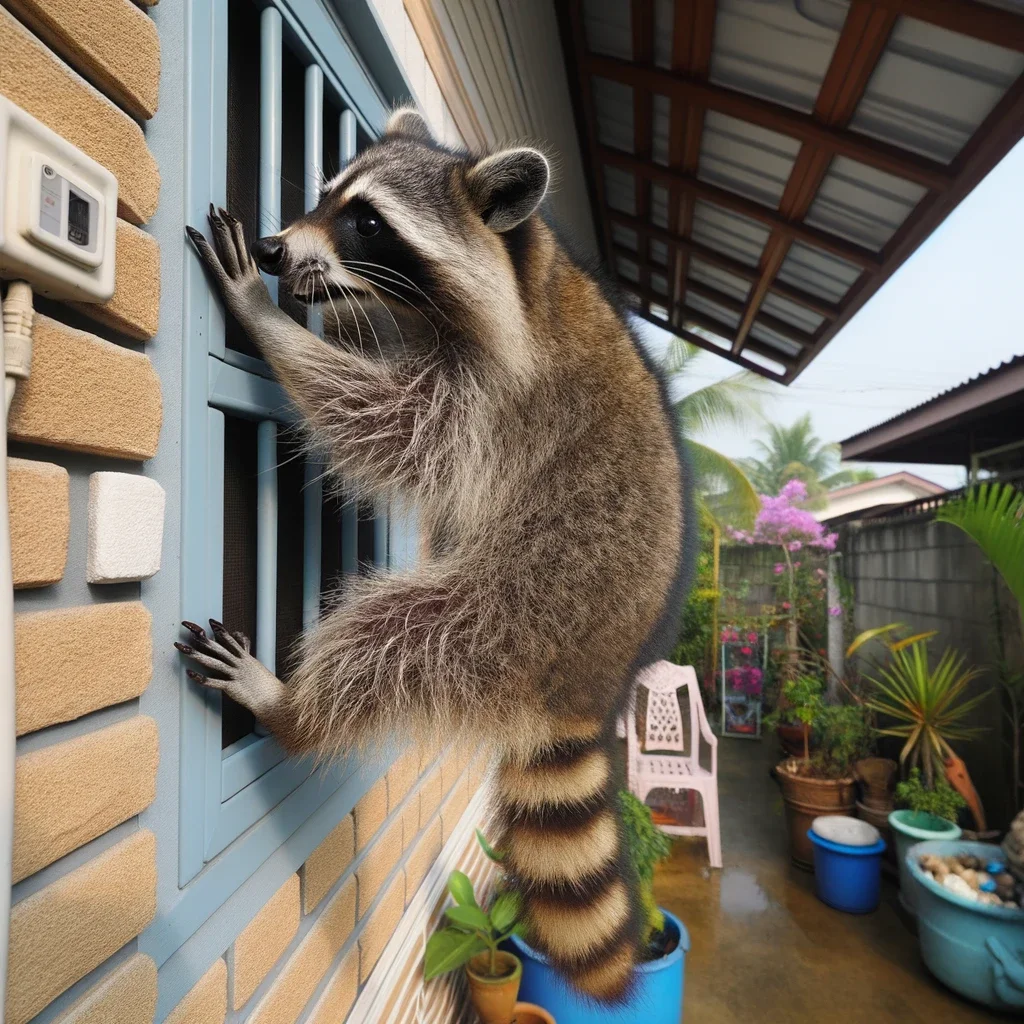
It undoubtedly is one of the most difficult tasks to determine the type of animal residing in your walls without getting a view of the cavity. However, once you know what signs to look out for, it will become much easier for you to determine whether you have a raccoon problem in your walls or not.
First of all, you will hear scratching sounds. But scratching sounds are not enough to identify the raccoon infestation as most rodents such as rats, mice, and squirrels scratch too. Raccoons are much larger in size. Therefore, while getting into the walls, they will make a lot of shuffling, crawling, and dragging noises. If you have heard these noises, it is a sure sign of raccoon infestation between the walls and maybe you wanna call our expert team.
Raccoons enter people's attics, garages, chimneys, and walls when they want to give birth and raise their little ones. Therefore, the chances of raccoon babies present between the walls are quite high. The involvement of babies makes the raccoon removal from the walls even more complex.
Knocking on the wall at the spot where the unusual sounds are heard is a good way to check how mobile the animal is. If only young ones are present, you will not be able to hear much movement. Also, raccoon babies can be easily recognized by their chattering noises.
From our experience providing raccoon removal services, we recommend that if you have a raccoon infestation between the walls, would be wiser to get help from raccoon removal professionals like Critter Stop. However, if you want to save your money, you can get the job done all by yourself.
Here are a few tips on how to remove raccoons from inside the walls without taking any professional help:
Raccoons carry many infected fleas, ticks, and mites in their fur and droppings. Therefore they can expose you and your family members to many contagious diseases.
Because of these health concerns, you must take all the essential precautionary measures before going near them - masks, goggles, and gloves. Wearing a mask will prevent you from inhaling any harmful airborne substances, and using gloves will reduce your chances of getting an infection from a bite.
Also, raccoons can be quite aggressive when they feel threatened. Therefore, you need to carry a broom or stick to move the animal away and avoid any contact with it.
Do you hear raccoon noises in the wall? A young raccoon may be trapped in the wall cavity. It usually happens with younger raccoons as they often slip down and don't have the strength to climb back up again.
All you need to do is to cut a hole in the wall to get into the cavity and remove the trapped animal. However, to avoid contact, you will need thick gloves and a cage to put the animal inside it once you get it out of the wall.
You can consider live-trapping if removing the raccoon directly from the wall cavity seems daunting. Live trapping will ensure minimum contact with the trapped animal, reducing your chances of getting bitten by the animal.
If raccoon noises in the attic or wall are more intermittent, it means they have made their den inside your walls. However, they will still leave the area at night to search for food. Therefore, you can take advantage of their absence and set a trap for them near their exit or entry points.
To make them get into the trap, you will have to put their favorite food, such as raw fish, as bait. However, this method can only be executed if you have located their entry and exit points.
Your job is still not over after locating and trapping the raccoon in a cage. You will also have to look for baby raccoons and get them out safely. Once you have removed the babies, you will have to seal all holes, cracks, and broken vents that raccoons previously used to get in and out of the walls. If these entry points are not sealed properly, you will get a similar problem in the future too.
During their stay period, raccoons might have caused significant damage behind the walls. From using the wall cavity as their latrine to gnawing on the electrical wires, you will have a lot of cleaning and repair work to do after raccoon removal.
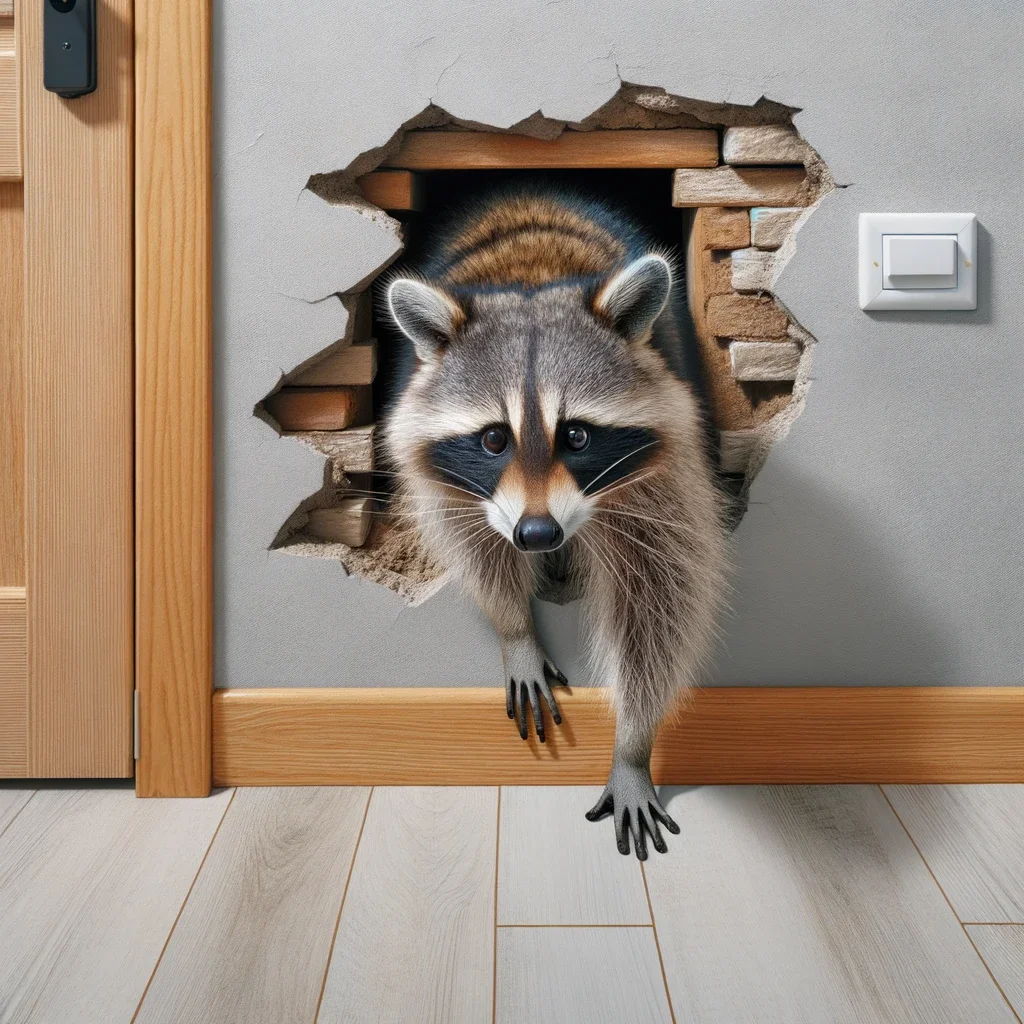
Raccoons make a variety of sounds, each with its own meaning. Here’s what some of these sounds indicate:
Understanding these sounds can help in determining the behavior and possible intentions of raccoons in or near your property. However, it’s important to remember that raccoons are wild animals and can be unpredictable, so it’s best to keep a safe distance and consult wildlife professionals if you need to manage a raccoon situation.
Identify entry points and seal them, leaving one exit with a one-way door. Use repellents like ammonia-soaked rags near entry points. Consider hiring a professional wildlife removal service for a permanent solution.
Yes, raccoons can chew through walls, especially softer materials like wood or drywall. They have strong teeth capable of creating larger entry points or escaping if trapped.
Raccoons can scratch through walls, particularly if they are not made of sturdy materials. Their sharp claws can damage drywall and wood, leading to holes or weakened structure.
While less common, raccoons can break through weak walls if determined, especially when trying to escape or access food. Reinforce entry points with stronger materials to prevent this.
Raccoon removal can be anything but easy. Even after doing the best job, homeowners can still miss sealing some entry points or leave babies behind. Therefore, it is better to hire raccoon removal professionals for the job. Critter Stop is a reliable company for providing raccoon removal services. We will get the raccoons out of the wall without causing much damage to your property. Call us at (214) 234-2616 for the safe removal of raccoons that may be living inside your walls!
Visit our Critter Library and learn more about our furry friends
